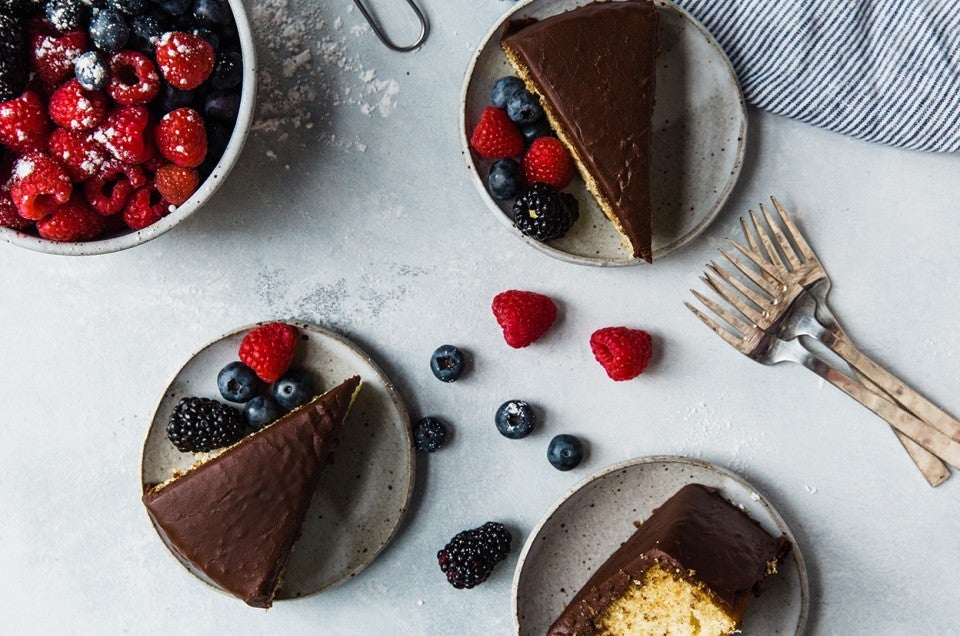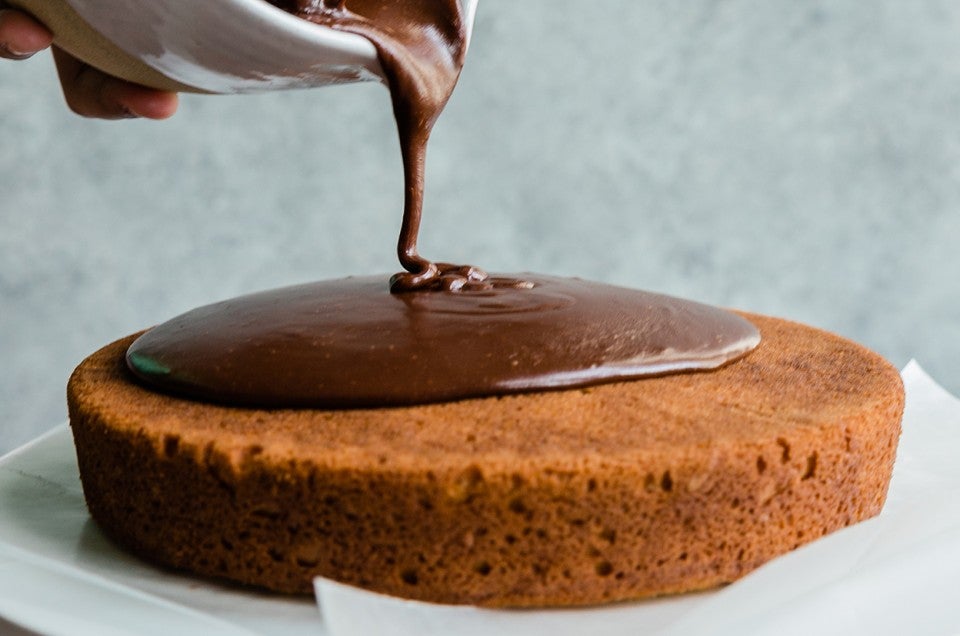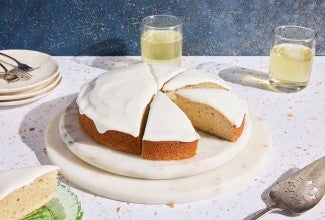Classic Yellow Cake with Fudge Frosting
What makes this cake classic? In our book, a "classic" yellow cake (think '60s box-mix style, like Mom used to make) is marked by its pleasing moistness, its easy sliceability (no crumbling, please) and simple vanilla flavor. To top it off, this yellow cake is coated in a blanket of rich, fudgy frosting, completing the traditional vanilla-chocolate duo.





















